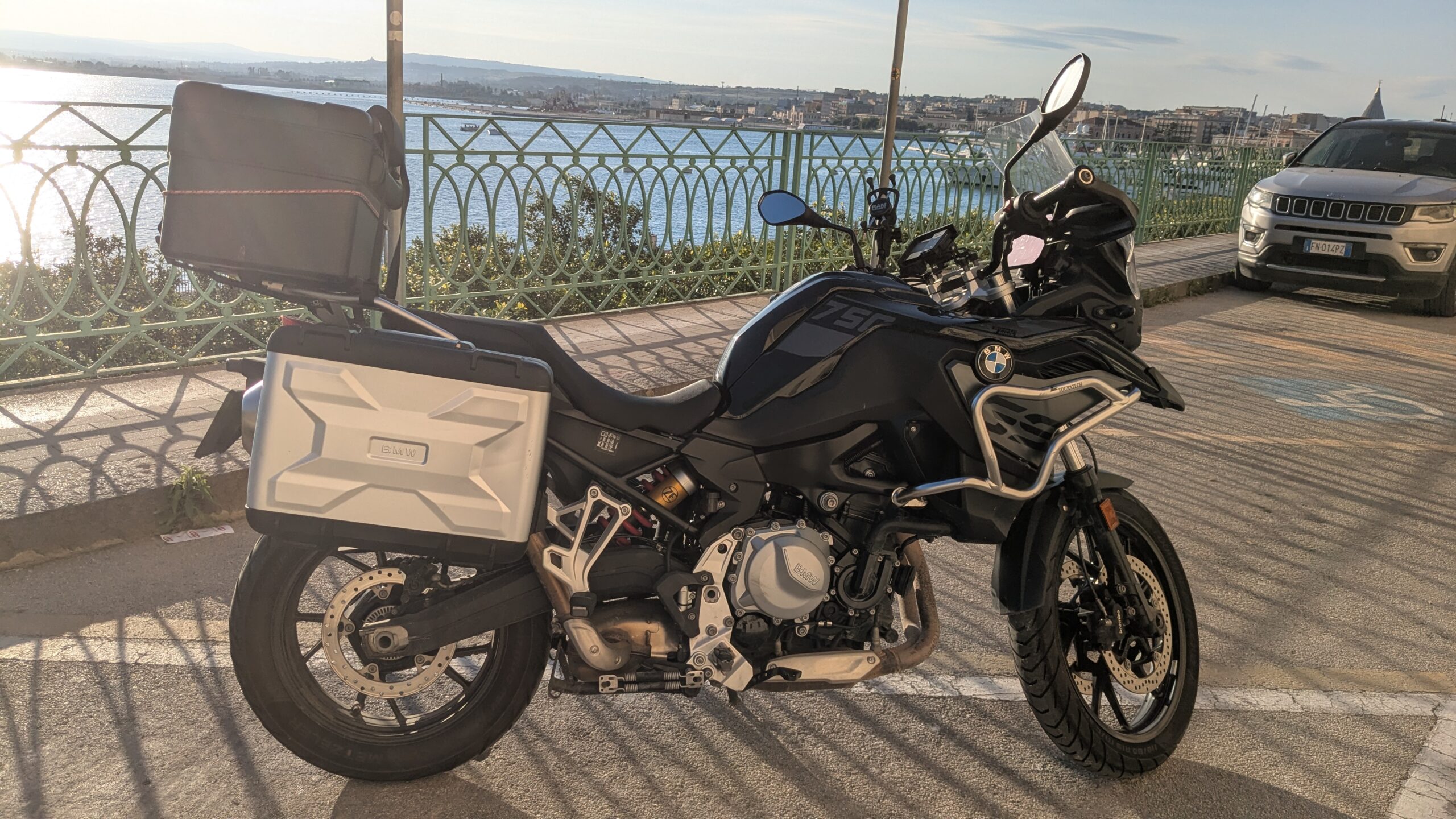Croatia: Week One
No question, Croatia is different from both of our last stops in Spain and Italy! First off, there’s the language. If you are not familiar with the Slavic or Balkan languages they are totally foreign, no pun intended. In many countries you can see a sign in front of a building and make an educated guess as to what kind of business it is. Pictures help. Here, you could be looking at a butcher shop (true) or a massage parlor (also true) and there is no way to know without pictures.

Then, there’s the currency, the Kuna. One hundred Kuna is about $15 so when you go into a coffee shop and pay 10 Kuna for a coffee, it seems like a lot, but it’s only $1.50. Tax is included on everything you buy (Euros, too) and tipping is appreciated but not expected. Bottom line is, there is a learning curve to currency conversion, but prices are very reasonable. Why they don’t use the Euro is unknown.
Another difference is that Croatia operates on “normal” business hours, unlike Spain and Italy. In Spain, most businesses were closed from early afternoon until late afternoon and most restaurants closed mid afternoon until as late as 8:00 p.m. On Sundays, good luck finding an open grocery store! Italy was a less restrictive version of that with some businesses closing during the day, but Sundays were more American-like in hours. Here in Croatia, just a few closed during the afternoon, but most restaurants open solid from 10:00 a.m. to as late as midnight.
We spoke to several people about the general attitudes over here, and although we have found pleasant conversations, the “average” Croatian struggles to survive, so they come across as being a bit bleak. Like many countries in the world, corruption gets in the way of government and organization and when things break, it can take a log time to repair it. The older population, say 40 plus, dress as though they still live under a Soviet Regime. Their attire is very old fashioned and they carry a weariness about them. The younger, ie, under 40 or especially under 30 crowd, carries better energy and also speak pretty decent English. Between Spain and Italy we have an easier time in restaurants here with English than the others. English is taught in schools and they know that tourism is a huge part of their economy.
Between Valencia, our first visit, and Tivoli, our last, this is a pleasant change since we are on the water and water is everywhere. Valencia seemed very commercial, which makes sense with 750,000 populace, whereas Tivoli, with about 50,000 was a very small town. Split, just a 15 minutes bus ride, is about 180,000 but we are in a small village and if there’s more than a few thousand people here I’d be surprised.
Croatia is very much under the radar with travelers, but is getting better known. Game of Thrones references are about and they say that the summer months here are very crowded. But that’s all relative. More crowded than what they are used to, but maybe within reason. We’ll see. The month of May here has been very unseasonable they say and it is still not overly warm. That is due to change since their official summer season starts in June, so we’ll keep you apprised and teach you how to Travel Younger.
#croatia, #croatian, #split, #kuna



